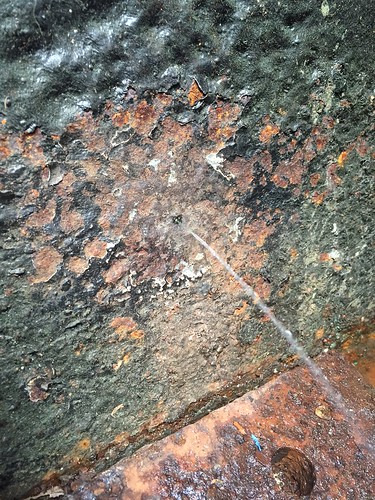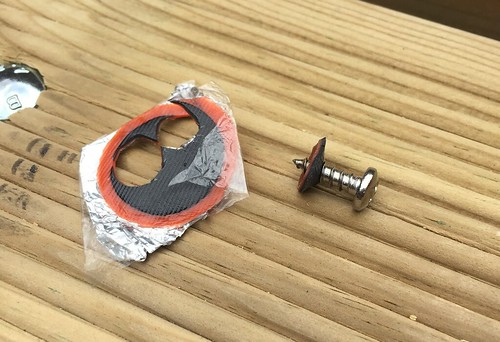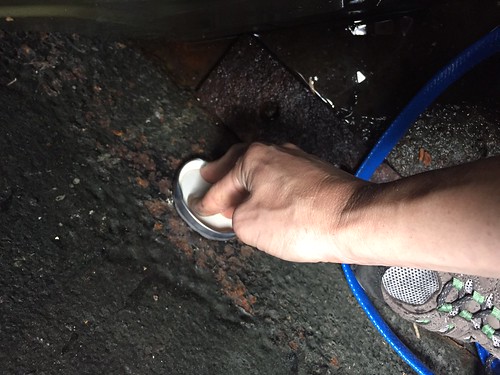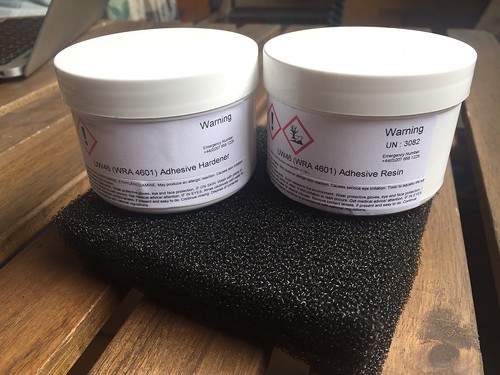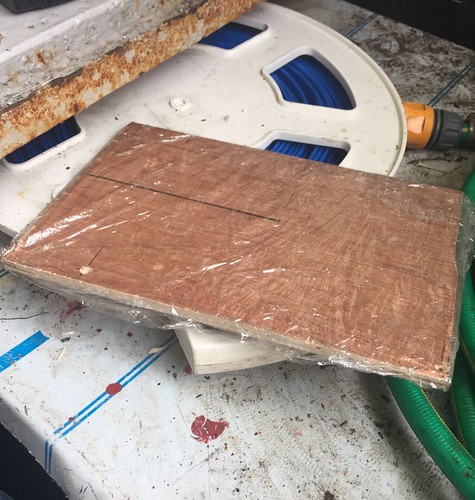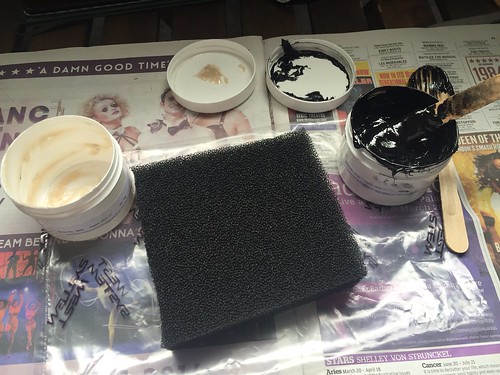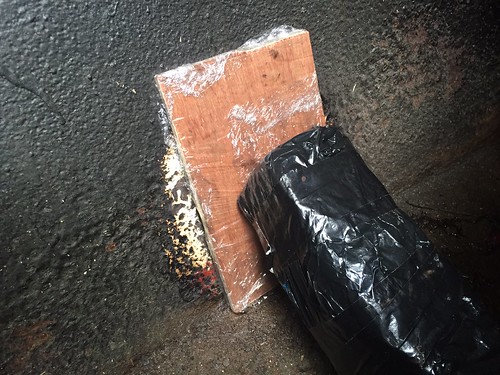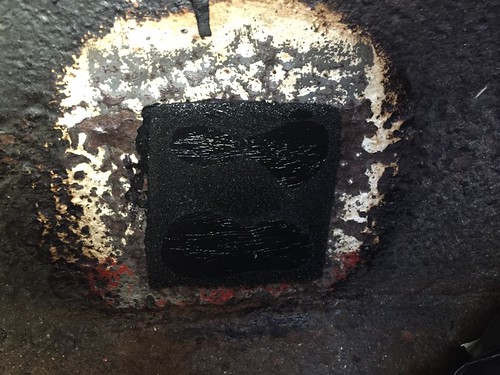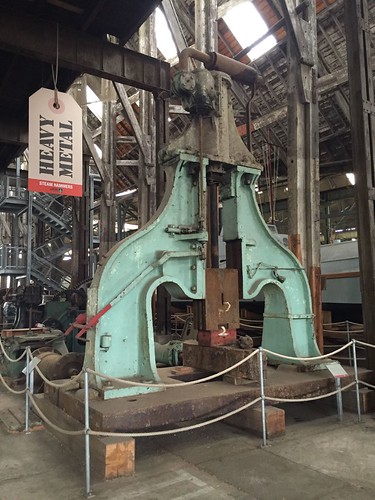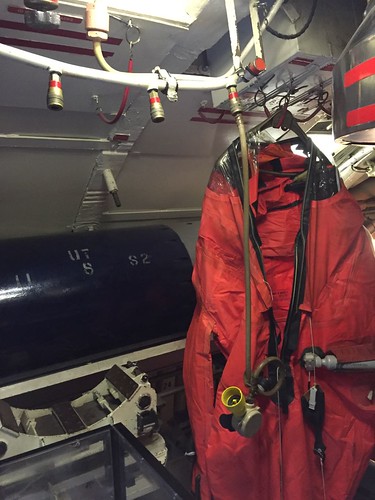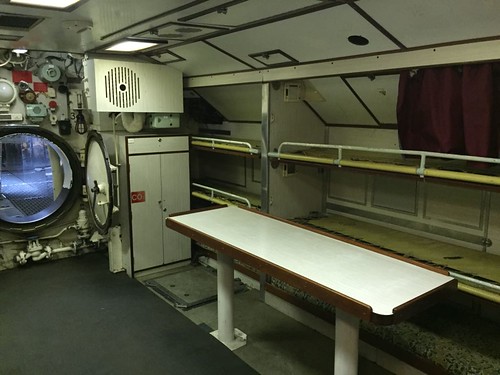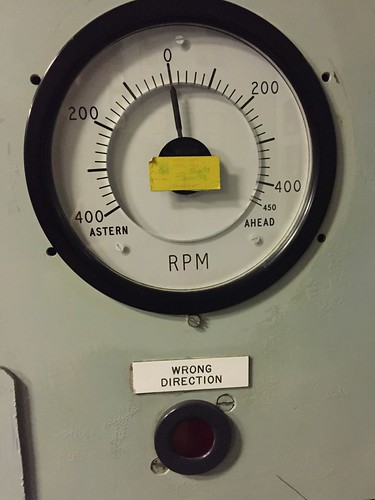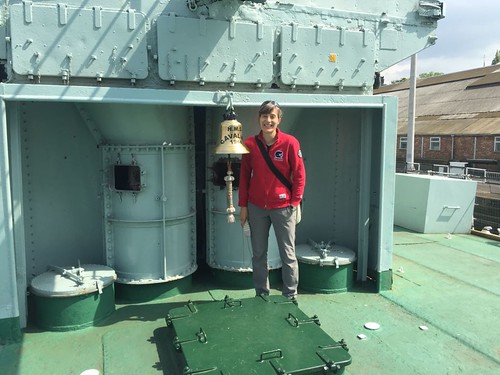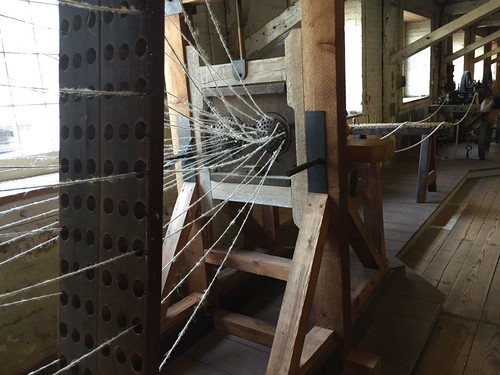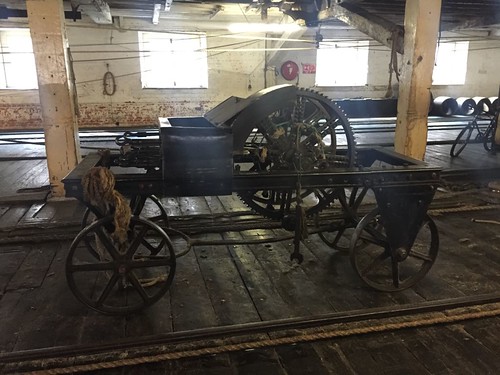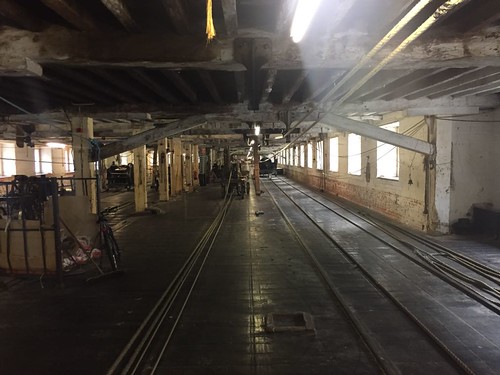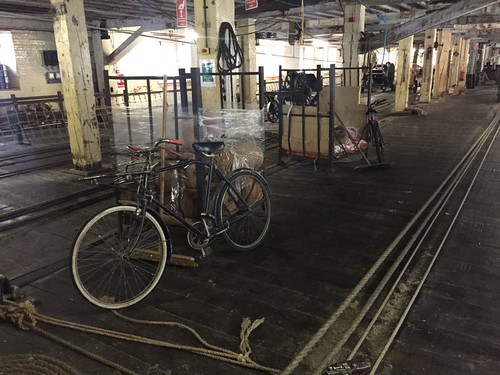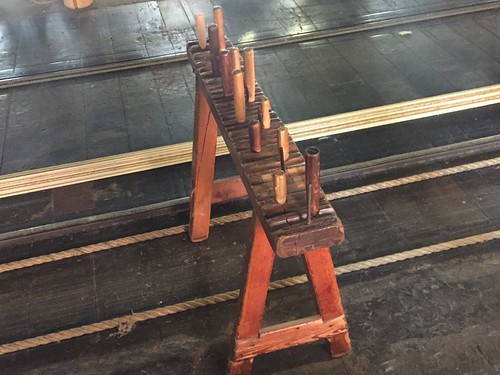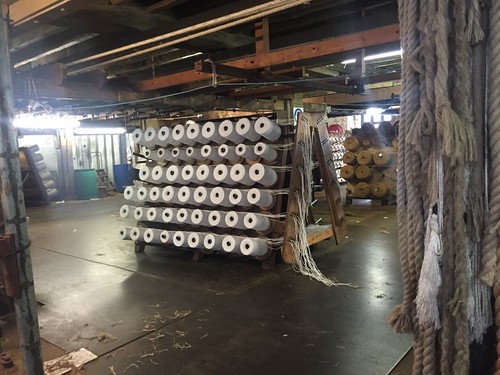I think I'm generally pretty calm when things go wrong, which is a good quality for a boat-dweller. Or at least for someone who lives in a forty year old boat that's seen better days. So far I've survived a few small and not-so-small boat-related mishaps without too much drama. But last week I admit I had a wobble.
To explain what happened, a bit of nautical terminology:
Under the cabin is a long bilge that runs the length of the boat. Rainwater doesn't get in there, and unless you're in very very deep trouble, neither does canal water. But because the water in the canal outside is cold and the environment inside the boat is warm, condensation forms under the floor and drips into the cabin bilge. And because narrowboats are always a bit stern-heavy (due to there being a massive hunk of metal called an engine in the back) this condensation collects at the back of the boat. I was completely unaware of this phenomenon until earlier this summer when I was having my new diesel fuel tank installed. Because the old fuel tank was discovered to have a small but unrepairable leak, the water in the main bilge had become contaminated, and as part of the removal and replacement of the tank one of the boatyard guys had to completely empty out that bilge and dispose of the diesely water. And while he was at it, I asked him to pump out the cabin bilge, which I'd noticed had a fair bit of water in it. Larry - the boatyard guy - is a boat dweller himself and lives on a boat of a similar vintage to mine. And as he pumped out the cabin bilge with a shop vac, pausing to empty it over and over again, he asked me the last time I'd emptied the cabin bilge, at which point I had to admit I'd actually never, in the year and a half since I bought the boat, removed any water from the cabin bilge. Larry was horrified at this and berated me at length, in between filling and emptying the shop vac. So I started checking that bilge regularly, and even made a little recurring reminder to check all the bilges. And I'm happy to report that once I got all that residual water out of the cabin bilge it has remained nice and dry. Or at least only slightly damp, which on a boat of this vintage is a tick in the Win column.
There is one more bilge area on the boat - in the bow. And because I'm now kind of hyper-aware of the water level inside the boat I check this one regularly too. Since I've owned the boat the area under the front deck has always been quite dry. However, I started to notice a bit of water collecting in this area. At first I thought it was overspill from the water tank, which sits under the bow deck. Lacking a more sophisticated water level indicator, I simply push the lid of the tank aside when filling and stop the water when it gets near the top of the tank. And because the amount of fresh water on board is one of those finite boat resources that has a very direct effect on my lifestyle, I tend to fill it up as high as I can. And sometimes I push it a bit and water slops out the back. So I naively thought that was probably the source of the water.
(If this blog was an After School Special at this point there would be ominous music in the background foreshadowing the downfall to come caused by the main character's hubris.)
Recently as I was doing my weekly Bilge Check, I noticed that the amount water accumulated in the bow was getting a bit worrying. And as I was inspecting, I could see a small disturbance in the surface water, causing a tiny bit of movement. And then I saw it.
THE LEAK. (Cue organ crescendo)
True, it was tiny. The merest pinprick. But it was still a leak well below the waterline, and I could see the tiny stream of water coming in. It was clear that the boat was TAKING ON WATER. So naturally I was kind of freaked out. Never mind that the rate of the leak was such that it would take about three months to accumulate even a few inches of water. And never mind that I suspect even if the bow bilge was half full it would not send the Lucky Nickel to the bottom of the canal. (See aforementioned back-heaviness.). And never mind that the bow bilge is sealed off from the rest of the boat. Never mind any of that. Because all I could see is that I live on a boat and THE BOAT WAS LEAKING.
(If this blog was an episode of Star Trek: The Next Generation, this is the point at which claxons would sound and red lights would flash and the ship's computer would start saying, "Red Alert. Red Alert. Hull breach in Sector 7G. Initiating automatic containment of the affected zone. Depressurisation imminent." And then Riker would say, "But Captain, Wesley Crusher and a brand new litter of puppies are in Sector 7G!" And then Captain Picard would do what I did and text Nes in South Africa.)
The permanent fix for a hole in a steel hulled boat is a welded steel patch. However, to do this properly it needs to be done from the outside of the boat, which means the boat needs to be taken out of the water. This is a genuinely Big Deal that can only happen at a proper boat yard with a crane and real boat-fixing people, and certainly not something that was going to happen in the next hour or so.
So yeah, I texted Nes, the Lucky Nickel’s Official Offsite Boat Repair Hotline (WhatsApp South Africa Division) and he suggested doing what I was going to try anyway, which is to clean the area as well as I could and then patch it with a lump of two part epoxy putty. But first I needed to plug the hole with something to slow the water down and have a chance of creating a dry enough surface for the epoxy to bond. And this is where the blog turns into an episode of MacGyver, which is generally how most boat related repairs end up. Read on, but know that eventually, in true MacGyver fashion, all of the following were employed: a Leatherman multi tool, a hammer, a matchstick, a hairdryer, and the lid from a jar of Marks & Spencer strawberry jam.
Nes's suggestion for plugging the hole was to use a small sheet metal screw. So I dutifully dug out a small sheet metal screw, and even fashioned a rubber washer using part of a bicycle inner tube patch.
Then I looked at the size of the hole - probably less than a millimetre in diameter. And I looked at the size of the screw - about three millimetres in diameter. And I texted again, and Nes confirmed that yes, I'd have to make the hole bigger in order to get the screw in. And I balked. I knew intellectually that he was right. The screw would thread tightly into the steel of the hull and the rubber would probably seal things up long enough to get a patch on. Captain Picard would not have hesitated. But there is a reason I'm the captain of a forty year old narrowboat and not the captain of the USS Enterprise, flagship of the United Federation of Planets. I couldn't do it. I couldn't deliberately make a BIGGER hole in the side of my boat. What if the repair didn't work? What if the steel of the hull in that area was actually thinner and weaker than we thought and the screw didn't hold and the hole got EVEN BIGGER? And what if, while I was in the middle of the repair, a cloaked Romulan vessel appeared and we couldn't engage the warp engine because of the hull breach? The consequences if anything went wrong were just too great. And let’s face it - something was gonna go wrong.
Instead, I went with Nes's Plan B. I shaved off a tiny pointy bit of matchstick and gently banged it into the hole with the hammer; that slowed the water to a trickle. And then I dried the whole area with the hair dryer, except for the tiny bit where the water was trickling down, which wouldn’t dry, of course. And I mixed up a lump of epoxy putty and pressed it onto the leak and used the strawberry jam jar lid to apply even pressure over the whole thing and sat there, crouched in the bilges, pressing that lid into the side of the boat for ten minutes. Oh, and did I mention it was raining while all this was happening?
After a cup of coffee I went back to check and I could see there was still a small trickle of water escaping the patch. So I started to prepare the surrounding area to put a fresh donut shaped ring of more putty around that and while I was doing so the entire patch - jam jar lid and all - popped right off. Of course.
Crucially, though, the tiny sliver of matchstick held, and the flow of water into the boat was still a mere trickle. Clearly that epoxy was just not the right product for the job. But equally clearly, I wasn’t heading to Davy Jones’ Locker in the next few minutes, so there was time to fall back and regroup. After a bit of googling the WhatsApp South Africa Division suggested a company called Wessex Resins. So I seized the moment and called them and ended up talking to a lovely and helpful woman named Jackie. I told Jackie my whole tale of woe. And even though this is a company that supplies heavy industry and the Ministry of Defence and stuff, she really took her time with me to try and figure out the best solution. Eventually she suggested an underwater epoxy that they use to apply rubber patches TO THE OUTSIDE OF SUBMARINES WHILE THEY’RE IN THE WATER. In my case it involved using a special open-celled foam in conjunction with the two-part epoxy. You apply the epoxy to the foam like you’re buttering a piece of toast - completely saturating it. And then you press the toast onto the leak and the foam sort of squishes into the surface and holds back the water long enough for the epoxy to cure. Maybe the bit right at the hole wouldn’t harden, but all around it would, creating a water tight seal. Or that’s the theory. (But again: SUBMARINES!!!)
And then Jackie asked again about the size of the hole. Tiny by MoD standards, I imagine. Just a millimetre or so across. “Well I guess you won’t need much then.” she said. "We normally sell this in 10kg packs.” (10 kg is about 9.93kg more than I needed.) And then Jackie said, “So why don’t I just send you a couple of sample sized pots and an off-cut of the foam? Just give me your address and I’ll pop it in the mail for you. No charge.” And so I thanked her profusely and repeatedly and gave her a mailing address swore that I would call her first and forevermore for all my future underwater epoxy purchases (which, given the eclectic nature of my work, is not actually an empty promise). And a couple of days later I had this:
About five days passed, and the matchstick MacGyver repair held admirably through six locks and two days of cruising, until I was finally ready for my second attempted repair on a quiet Sunday morning. This time I was very diligent in preparing the surface - using a wire brush attachment on a drill and then cleaning the whole area over and over with solvent to allow for the best possible bond. And I prepared a piece of plywood a bit bigger than the foam toast and covered it in clingfilm, as instructed by Jackie. This was because Marks & Spencer doesn’t make jars of strawberry jam with lids big enough to press on this new, bigger patch. And I dug up my heaviest piece of lead ballast and wrapped it in a plastic bag because it was covered with the grot of ages and impossible to handle. And I tested pressing the plywood against the hull and holding it in place by leaning the ballast weight against it.
And then I cracked open the epoxy and mixed. And I buttered the toast. And I stippled the surface of the area with more epoxy, according to the instructions, sort of like you do with contact cement. And then I stuck the toast to the boat.
I left it there for more than a day, which drove the WhatsApp South Africa Division slightly crazy, but I really didn’t want to do anything sudden. And with such a small amount of epoxy pressed up against the cold steel of the boat I figured the cure time might be longer than the instructions said. (Very limited opportunity for an exothermic reaction to accelerate the process. Obviously.) Plus if I screwed it up I figured I’d end up having to buy 10kg of epoxy to try again, so Nes had to wait. In the mean time though, I could see that there was no water trickling down out of the patch.
And then I went online and ordered flowers and sent them to the lovely Jackie at Wessex Resins. Because that’s how we roll here at Go Stay Work Play Live World Headquarters aboard the now-once-again-watertight Lucky Nickel.
I think Captain Picard would have done the same thing.
To explain what happened, a bit of nautical terminology:
BILGE: the bottom-most inside part of the boat.If water is going to collect anywhere, it'll collect in the bilges. In the Lucky Nickel the main bilge is in the stern where the engine is. This bilge tends to collect water, most of which is rain water, because the deck hatches above it are not perfectly sealed. Water can also seep in around the point where the propellor shaft goes through the hull. Obviously having any kind of hole in the hull below the waterline is not ideal, but equally obviously it's kind of impossible to have an engine inside the boat and a propellor outside the boat without connecting them through such a hole. The traditional way to mitigate this problem is with a stern gland stuffing box.
STERN GLAND: a fitting surrounding the propellor shaft, stuffed with compressed packing material, and regularly injected with grease to form an (almost) water tight seal.I say almost because even the most well-greased stern gland still drips a tiny bit, which brings us to the next bit of terminology.
BILGE PUMP: Even Less-Than-Astute Go Stay Work Play Readers can probably deduce that a bilge pump's purpose is to pump out the bilge.My boat's main bilge has a dedicated 12v pump and a float switch that's supposed to turn on if the water level gets high enough, and it pumps right out the side of the boat. When I leave the boat the only thing I leave turned on is the power to the bilge pump. Also in the main bilge, directly underneath the engine and gearbox is a separate contained bilge that segregates the grease that drips from the engine so that greasy water doesn't mix with the other water and get pumped out into the canal. You have to empty that one into a sealed container and dispose of it properly.
Under the cabin is a long bilge that runs the length of the boat. Rainwater doesn't get in there, and unless you're in very very deep trouble, neither does canal water. But because the water in the canal outside is cold and the environment inside the boat is warm, condensation forms under the floor and drips into the cabin bilge. And because narrowboats are always a bit stern-heavy (due to there being a massive hunk of metal called an engine in the back) this condensation collects at the back of the boat. I was completely unaware of this phenomenon until earlier this summer when I was having my new diesel fuel tank installed. Because the old fuel tank was discovered to have a small but unrepairable leak, the water in the main bilge had become contaminated, and as part of the removal and replacement of the tank one of the boatyard guys had to completely empty out that bilge and dispose of the diesely water. And while he was at it, I asked him to pump out the cabin bilge, which I'd noticed had a fair bit of water in it. Larry - the boatyard guy - is a boat dweller himself and lives on a boat of a similar vintage to mine. And as he pumped out the cabin bilge with a shop vac, pausing to empty it over and over again, he asked me the last time I'd emptied the cabin bilge, at which point I had to admit I'd actually never, in the year and a half since I bought the boat, removed any water from the cabin bilge. Larry was horrified at this and berated me at length, in between filling and emptying the shop vac. So I started checking that bilge regularly, and even made a little recurring reminder to check all the bilges. And I'm happy to report that once I got all that residual water out of the cabin bilge it has remained nice and dry. Or at least only slightly damp, which on a boat of this vintage is a tick in the Win column.
There is one more bilge area on the boat - in the bow. And because I'm now kind of hyper-aware of the water level inside the boat I check this one regularly too. Since I've owned the boat the area under the front deck has always been quite dry. However, I started to notice a bit of water collecting in this area. At first I thought it was overspill from the water tank, which sits under the bow deck. Lacking a more sophisticated water level indicator, I simply push the lid of the tank aside when filling and stop the water when it gets near the top of the tank. And because the amount of fresh water on board is one of those finite boat resources that has a very direct effect on my lifestyle, I tend to fill it up as high as I can. And sometimes I push it a bit and water slops out the back. So I naively thought that was probably the source of the water.
(If this blog was an After School Special at this point there would be ominous music in the background foreshadowing the downfall to come caused by the main character's hubris.)
Recently as I was doing my weekly Bilge Check, I noticed that the amount water accumulated in the bow was getting a bit worrying. And as I was inspecting, I could see a small disturbance in the surface water, causing a tiny bit of movement. And then I saw it.
THE LEAK. (Cue organ crescendo)
True, it was tiny. The merest pinprick. But it was still a leak well below the waterline, and I could see the tiny stream of water coming in. It was clear that the boat was TAKING ON WATER. So naturally I was kind of freaked out. Never mind that the rate of the leak was such that it would take about three months to accumulate even a few inches of water. And never mind that I suspect even if the bow bilge was half full it would not send the Lucky Nickel to the bottom of the canal. (See aforementioned back-heaviness.). And never mind that the bow bilge is sealed off from the rest of the boat. Never mind any of that. Because all I could see is that I live on a boat and THE BOAT WAS LEAKING.
See???
The permanent fix for a hole in a steel hulled boat is a welded steel patch. However, to do this properly it needs to be done from the outside of the boat, which means the boat needs to be taken out of the water. This is a genuinely Big Deal that can only happen at a proper boat yard with a crane and real boat-fixing people, and certainly not something that was going to happen in the next hour or so.
So yeah, I texted Nes, the Lucky Nickel’s Official Offsite Boat Repair Hotline (WhatsApp South Africa Division) and he suggested doing what I was going to try anyway, which is to clean the area as well as I could and then patch it with a lump of two part epoxy putty. But first I needed to plug the hole with something to slow the water down and have a chance of creating a dry enough surface for the epoxy to bond. And this is where the blog turns into an episode of MacGyver, which is generally how most boat related repairs end up. Read on, but know that eventually, in true MacGyver fashion, all of the following were employed: a Leatherman multi tool, a hammer, a matchstick, a hairdryer, and the lid from a jar of Marks & Spencer strawberry jam.
The two-part epoxy putty. Which claims to work underwater. *snort*
Eat your heart out Richard Dean Anderson.
Instead, I went with Nes's Plan B. I shaved off a tiny pointy bit of matchstick and gently banged it into the hole with the hammer; that slowed the water to a trickle. And then I dried the whole area with the hair dryer, except for the tiny bit where the water was trickling down, which wouldn’t dry, of course. And I mixed up a lump of epoxy putty and pressed it onto the leak and used the strawberry jam jar lid to apply even pressure over the whole thing and sat there, crouched in the bilges, pressing that lid into the side of the boat for ten minutes. Oh, and did I mention it was raining while all this was happening?
The clamping system
Crucially, though, the tiny sliver of matchstick held, and the flow of water into the boat was still a mere trickle. Clearly that epoxy was just not the right product for the job. But equally clearly, I wasn’t heading to Davy Jones’ Locker in the next few minutes, so there was time to fall back and regroup. After a bit of googling the WhatsApp South Africa Division suggested a company called Wessex Resins. So I seized the moment and called them and ended up talking to a lovely and helpful woman named Jackie. I told Jackie my whole tale of woe. And even though this is a company that supplies heavy industry and the Ministry of Defence and stuff, she really took her time with me to try and figure out the best solution. Eventually she suggested an underwater epoxy that they use to apply rubber patches TO THE OUTSIDE OF SUBMARINES WHILE THEY’RE IN THE WATER. In my case it involved using a special open-celled foam in conjunction with the two-part epoxy. You apply the epoxy to the foam like you’re buttering a piece of toast - completely saturating it. And then you press the toast onto the leak and the foam sort of squishes into the surface and holds back the water long enough for the epoxy to cure. Maybe the bit right at the hole wouldn’t harden, but all around it would, creating a water tight seal. Or that’s the theory. (But again: SUBMARINES!!!)
And then Jackie asked again about the size of the hole. Tiny by MoD standards, I imagine. Just a millimetre or so across. “Well I guess you won’t need much then.” she said. "We normally sell this in 10kg packs.” (10 kg is about 9.93kg more than I needed.) And then Jackie said, “So why don’t I just send you a couple of sample sized pots and an off-cut of the foam? Just give me your address and I’ll pop it in the mail for you. No charge.” And so I thanked her profusely and repeatedly and gave her a mailing address swore that I would call her first and forevermore for all my future underwater epoxy purchases (which, given the eclectic nature of my work, is not actually an empty promise). And a couple of days later I had this:
The epoxy and toast
The plywood
The epoxy and toast, mixed and ready for spreading
The buttered toast. Butter side down, of course.
Then the plywood went on, and the ballast weight went against it, and I braced it all in place and made sure it was holding and backed slowly away.
Eventually I took off the plywood and here’s what it looks like. I suspect the toast really needed more butter - it’s probably supposed to soak through completely all over. But the layer of epoxy is probably half an inch thick overall and - crucially - it’s holding.
I think Captain Picard would have done the same thing.

